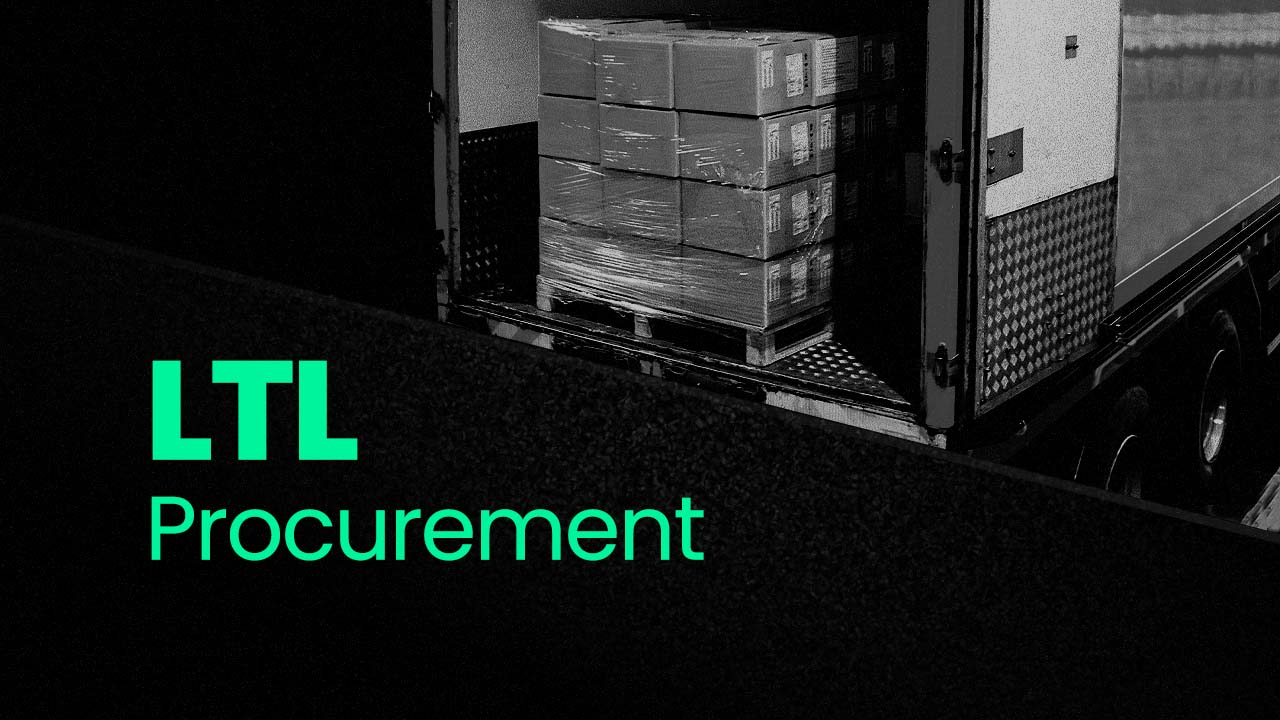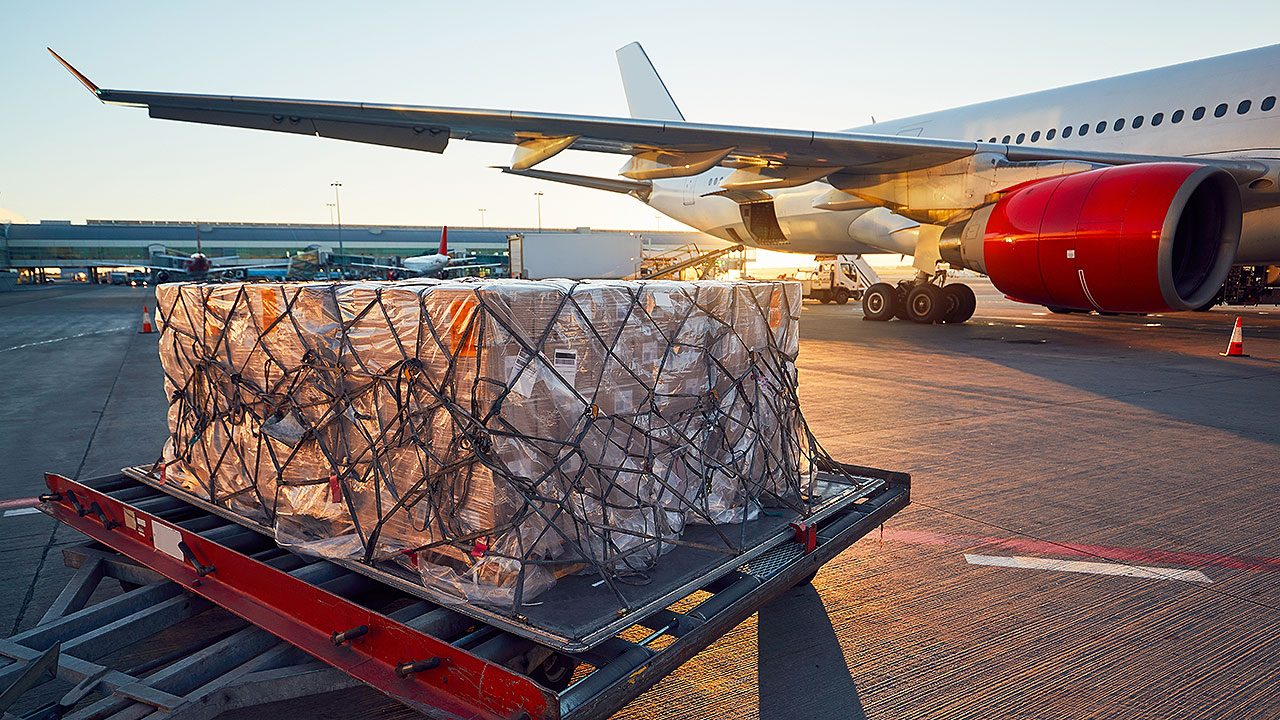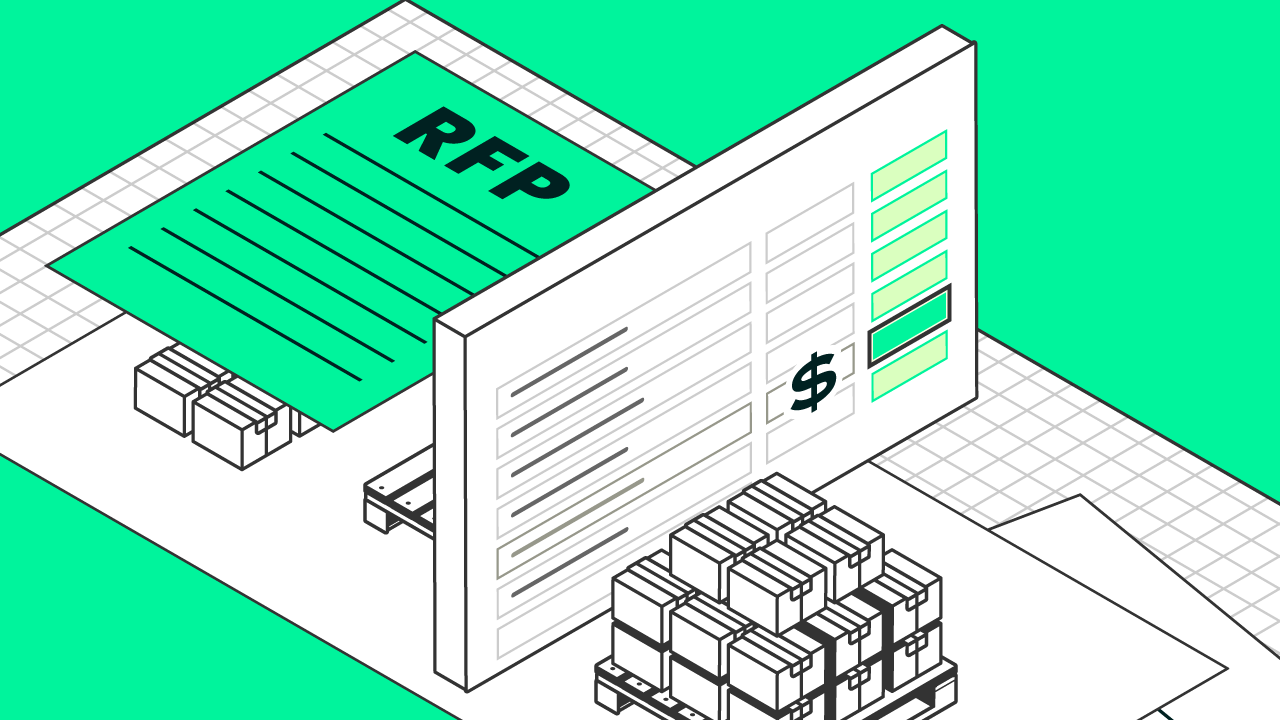It’s great news when your business ships enough freight to secure dedicated LTL capacity.
Having LTL carriers compete over the chance to move your shipments is a luxury, but running a procurement event is a big step.
However, many shippers put the wrong foot forward at this crucial stage.
If you’re ready to build out your LTL carrier network, you need to approach the process with an airtight procurement strategy.
Building an LTL Carrier Network? Ask These 9 Questions
Ask yourself the following questions — the answers will guide you to an LTL carrier strategy that will help you find reasonable pricing and form solid relationships.
- How many carriers should be in my network?
- How do I build a well-rounded LTL carrier network?
- Should I use multiple LTL carriers for a single facility?
- What questions should I ask LTL carriers when evaluating them?
- Should I mix & match different types of LTL carriers?
- What are some tips for running an LTL procurement event (RFP)?
- What KPIs should I use to monitor the LTL carriers in my network?
- How can I build the strong relationships?
- Can a 3PL help me strategize & manage my LTL carrier network?
How many LTL carriers should be in my network?
The answer to this question will scale with the size of your business and the volume of LTL freight you ship.
More Than One
Even small shippers should diversity their LTL carrier networks — you never want to have all your eggs in one basket.
Working with multiple carriers will give you options for coverage across all your lanes in the event of unexpected closures or regional embargoes.
But Not Too Many
However, you should keep in mind that your carrier relationships are two-way streets.
You need to have enough freight density with your LTL carriers to make that relationship meaningful for them — avoid spreading yourself too thin.
In fact, it might be helpful to think of the answer to this question as the answer to a slightly different one…
How should I build a well-rounded LTL carrier network?
When you think about it this way, you’re not just considering the number of carriers alone. You’re thinking about why you’re including each one, what value and benefits you’re hoping they’ll bring to your LTL supply chain.
Optimization can happen at different scales and according to different criteria.
You can choose to optimize at:
- The shipment level
- The lane level
- The company level
At each of these levels, you can optimize for:
- Cost
- Service (especially handles direct vs. hands off to partner carrier)
- Fewer claims/damages
- Better adherence to transit dates
You may opt for a particular multi-regional or regional carrier, for instance, if their coverage footprint will help you optimize for cost and speed in one of your biggest lanes.
You might choose a different one if the freight you move in that lane is fragile and you want a better record of claims and damages than the first carrier can offer.
But imagine making decisions like this for each of your LTL shipments every week. Optimizing at this granular a level can be taxing on your internal resources, particularly your logistics team’s time.
If you find that this creates headaches for you, you might decide to seek out national carriers instead and pick ones that can hit KPIs at an acceptable level across the board, even if they don’t really excel at any of them.
Should I use multiple LTL carriers for a single facility?
In a best-case scenario, you will be able to split your volume across multiple carriers for a given facility. You can make use of multiple carrier types who can fulfill your specific needs at that facility.
For this to work, you’ll need to have enough shipment volume for each of these carriers to make it worth their while.
If you do, you also may be able to find cost savings by negotiating customer-specific pricing (CSP) with one or more of them.
Having multiple carriers in place can help you protect against some of the uncertainty we’re seeing in the LTL space.
Carriers close, consolidate and put embargoes in place with little to no warning — it’s always good to have backups ready for when this happens.
However, if you have other limiting factors — if your facility only has one or two dock doors, for instance — you’ll be faced with a choice.
Want lower pricing? Consolidate with one carrier.
Want a more resilient supply chain? Keep multiple options in place.
What questions should I ask LTL carriers when evaluating them for my network?
Specific ones that will reveal whether the service they can offer will meet your shipping needs.
Too many shippers have negative experiences shipping LTL that weren’t actually the carrier’s fault. Instead, they’re usually just a matter of the carrier’s service profile not being a great match with the shipper’s freight profile.
Here is a list of questions to ask when evaluating a carrier for your next LTL bid event:
- Does your service footprint include the lanes I need covered?
- Do you offer guaranteed delivery to facilities in my zip codes?
- How much experience do you have in my vertical? Can you share any success stories about moving freight like mine?
- Do you have the equipment I need in your fleet? How much of it? (Liftgates, for instance)
- Are you receptive to oversized freight? (If some of my freight is oversized)
- Do you double-stack freight? (If some of my freight is fragile)
If the answers you get are unsatisfactory, think twice about working with that carrier.
Should I mix and match different types of LTL carriers in my network?
There are seven types of LTL carriers, and each has a different approach to its operating model.
With this much variation within the LTL space, you’ll find that some of these carriers will be better suited to certain freight, lanes, facilities and service requirements than others.
With that in mind, think hard about your shipping needs when selecting different carriers to meet them.
Here are a couple examples:
Scenario 1: Moving Materials
You’re a manufacturing company with facilities in the Northeast, Southeast, Midwest and California.
You move 6 pallets of specialty screws from the Port of Los Angeles to each of them once a week. Your assembly lines won’t really suffer if delivery is off by a day or two, and they are not fragile at all.
You might choose: An asset-light carrier to take advantage of intermodal options and move your nonessential freight cheaply.
Scenario 2: Shipping Salsa
You are an artisan salsa producer based in New Mexico. You have a contract with Whole Foods that has you on the shelf in your home state as well as Arizona, Utah, and Nevada.
You ship 3-5 pallets weekly to distribution centers in each of their locations.
You might choose: A regional carrier to offer you the best service in their Southwestern footprint and deliver your goods fresh.
What are some tips for running an LTL carrier procurement event?
If you’re past getting one-off spot quotes for LTL and ready for a bid, there are five steps you should take when building an LTL carrier network.
1. Allocate technology and human resources appropriately.
You should be using a tech platform — a TMS, ERP software, even a well-constructed Excel spreadsheet — that lets you analyze and track your spend and evaluate carrier performance.
You should have dedicated personnel overseeing procurement, shipment planning and tendering, and order management.
2. Align procurement and operational goals.
Are you looking for the lowest rates for non-essential freight? Are you prioritizing pick-up and delivery targets? Do you know your accessorials and what equipment you’ll need to accommodate them?
Answer these questions to be sure you’re inviting the right carriers to your procurement event.
3. Establish clear KPIs and targets.
Spend time internally hashing out which KPIs matter most to you on the lane you’re trying to cover. Make sure these KPIs are clearly communicated to all carriers at the outset of your procurement event.
4. Assess the market landscape.
What types of carriers out there can meet the needs you’ve laid out for this event? Do you need a national or multi-regional carrier, or is a regional carrier more likely to offer the best service in the lanes you’re shipping?
5. Communicate openly and frequently.
One of the biggest mistakes LTL shippers make is withholding information from carriers — volume, class, anything.
If you’re running a procurement event that includes some carriers you’ve already worked with, they’ll have an unfair advantage if they can fill in the blanks from their experience.
To get the best sense of what the market is for your freight contract, keep all potential carriers fully informed throughout the process.
What KPIs should I use to monitor the LTL carriers in my network?
The best KPIs in LTL shipping — and this is true of all logistics KPIs — will be defined by your business goals rather than the other way around.
With that in mind, some of the most common KPIs that are used to assess LTL carriers are:
- On-time pick-up: Did the carrier arrive when they said they would?
- On-time delivery: Did they hit their delivery date target?
- Incidence of claims/damages: Does my freight usually arrive intact?
- Cost: Am I paying a reasonable rate?
- Invoice accuracy: Does the freight invoice after shipment match my expectations?
Be sure to develop a thoughtful carrier scorecarding strategy to track performance and promote improvements across all of your KPIs.
How can I build the strongest relationships with the LTL carriers in my network?
First and foremost: Make sure you’re tendering enough shipment volume that it makes business sense for them to work with you.
And the more freight you can tender them, the happier they’ll be.
Another tip: LTL carriers are extremely good at measuring the cost of their customer engagement. They’re often calculating exactly how much their relationship with you costs in terms of time spent quoting, booking and managing your freight.
That means the better you can communicate — faster, clearer, with all the pertinent details included — the better your relationship will be.
This goes beyond just having a cordial professional relationship. If you can keep the cost of their interactions with you low, you’ll see that benefit passed on to you in the pricing structure for your freight.
Can a 3PL help strategize and manage my LTL carrier network?
Absolutely.
The more you want to fine-tune your LTL carrier network — the more unique optimizations you want to include in it, each of them needing a specific carrier to service them — the more time- and resource-consuming your logistics management will be.
3PLs have a lot to offer to LTL shippers in situations like this. They maintain strong relationships with multiple carriers, so if you have multiple overlapping needs, they can help you assemble the powerful network to meet them.
As your business grows, though, you may find you need this kind of service from a 3PL less. That said, 3PLs often remain in the mix at larger companies for LTL freight needs that require specialized expertise — non-configurable freight, difficult consignees, heightened visibility and tracking needs.
If you have any LTL freight in your supply chain that is giving you headaches, regardless of your business’s size, it’s worth seeing if a 3PL can help alleviate them.


